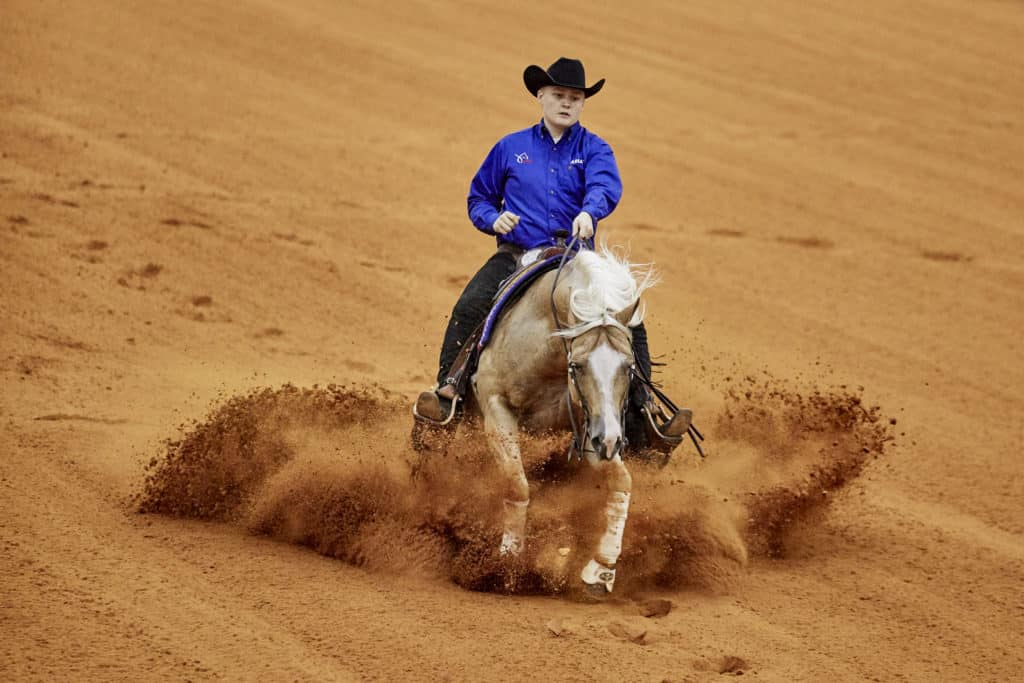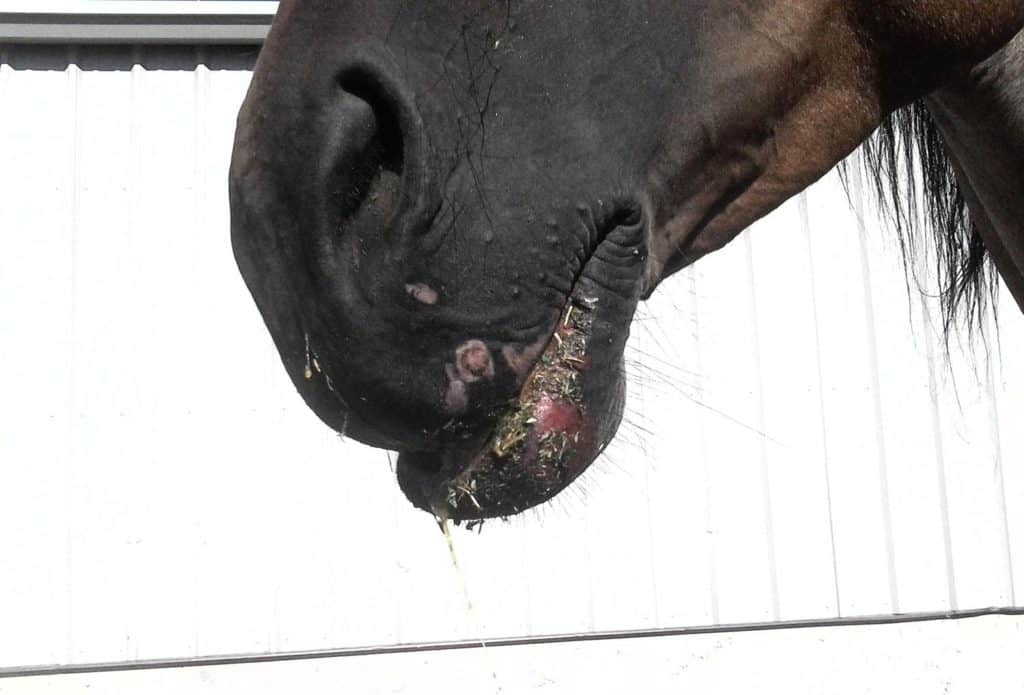
Using Stride Parameters to Prevent Racing Injuries
Stride changes during races and works could help identify horses at risk of impending injury.

Stride changes during races and works could help identify horses at risk of impending injury.

An analysis of data from the Equine Injury Database (EID) shows a decrease in the rate of fatal injury in 2019 (1.53 per 1,000 starts) in Thoroughbred racing.
The 27 people indicted on federal charges include five veterinarians who are American Association of Equine Practitioners members.

Those charged include Jason Servis, who trained Maximum Security, the 2019 Kentucky Derby first-place finisher disqualified for interference.

Performing “tie-back” surgery earlier than standard practice led to improved outcomes for racing Thoroughbreds.

After an investigation, the Los Angeles County district attorney found no evidence of wrongdoing by Santa Anita Park operators in connection with a series of racehorse deaths there.

Officials strike a preemptive blow to limit potential disease introduction by horses possibly exposed in Remington Park’s equine herpesvirus-1 outbreak.

The Thoroughbred registry is calling for all U.S. racetracks to join the group.

Mandatory headgear, banned bitless bridles, imposed endurance rider weights, and frangible device requirements for eventing jumps are among new FEI rules.

The two bodies have differing rules regarding horse age, medication use, and warm-up practices.
The organization has engaged Dr. Larry Bramlage to conduct an independent evaluation of the horse’s hind limb fracture, which resulted in euthanasia after the Classic race.
The 4-year-old drove past 5-2 favorite McKinzie to win, going away by 4 1/4 lengths.
The 6-year-old Argentinean-bred bested heavy favorite Midnight Bisou.

And what difference would it make to the horse if he wins or loses? An equine behaviorist weighs in.

To protect horses and other livestock in Ohio, the state is not allowing the import of horses from counties with confirmed and suspected cases of the highly contagious vesicular stomatitis virus.

Equine researchers recently found that calcium levels return to baseline within five days, suggesting that weekly furosemide administration in racehorses doesn’t lead to long-term calcium losses that might contribute to skeletal injuries.
Stay on top of the most recent Horse Health news with
"*" indicates required fields